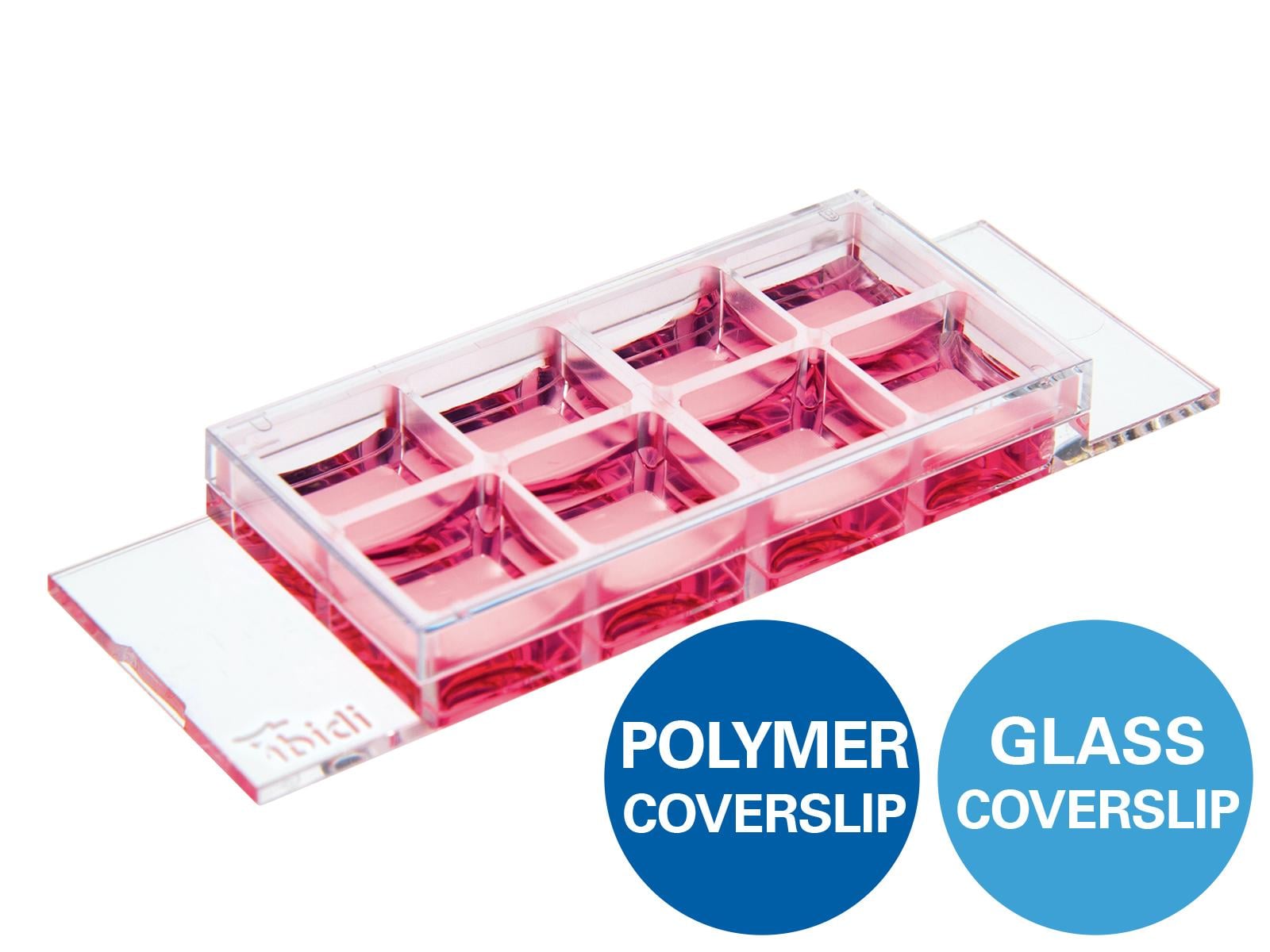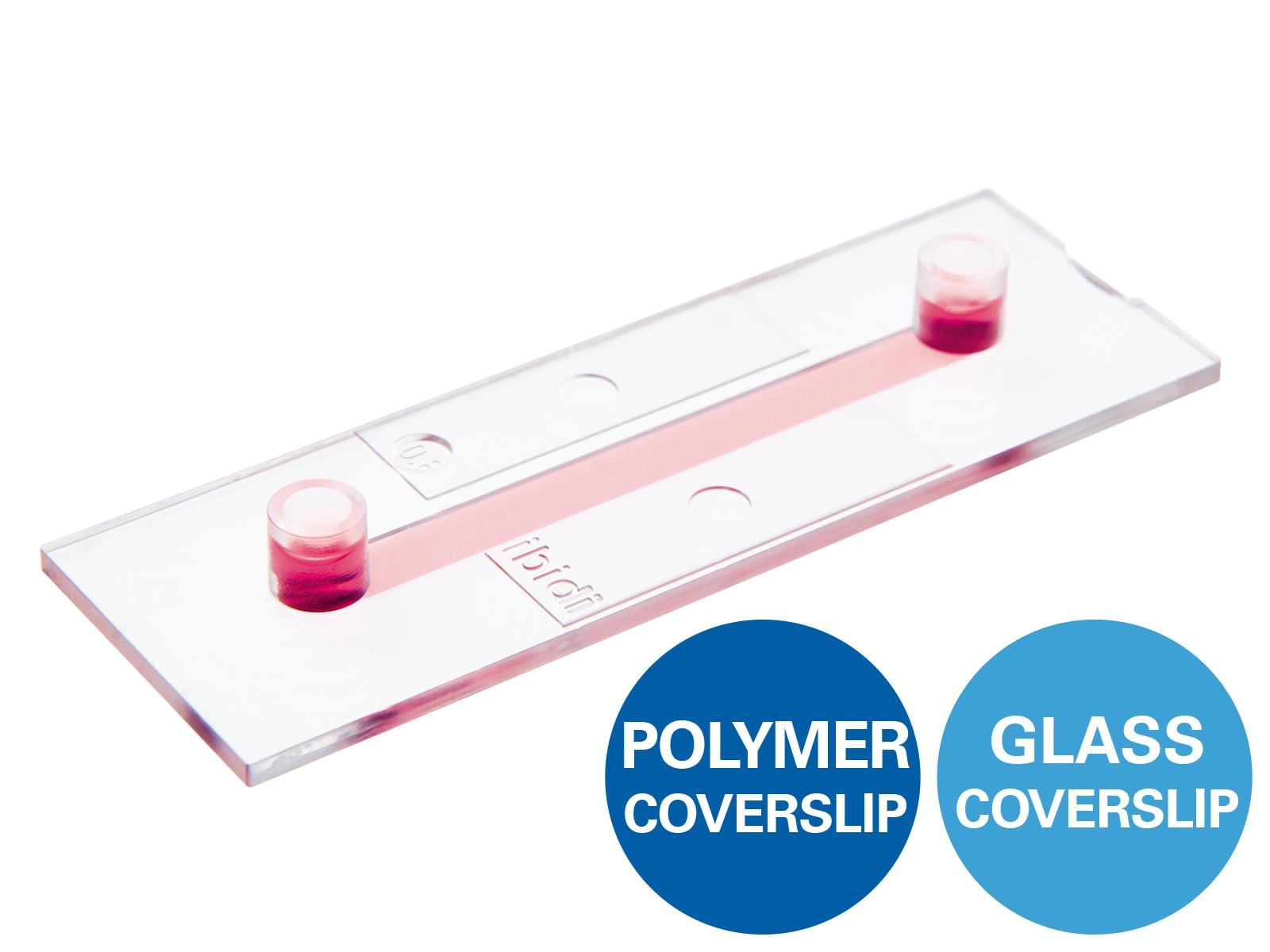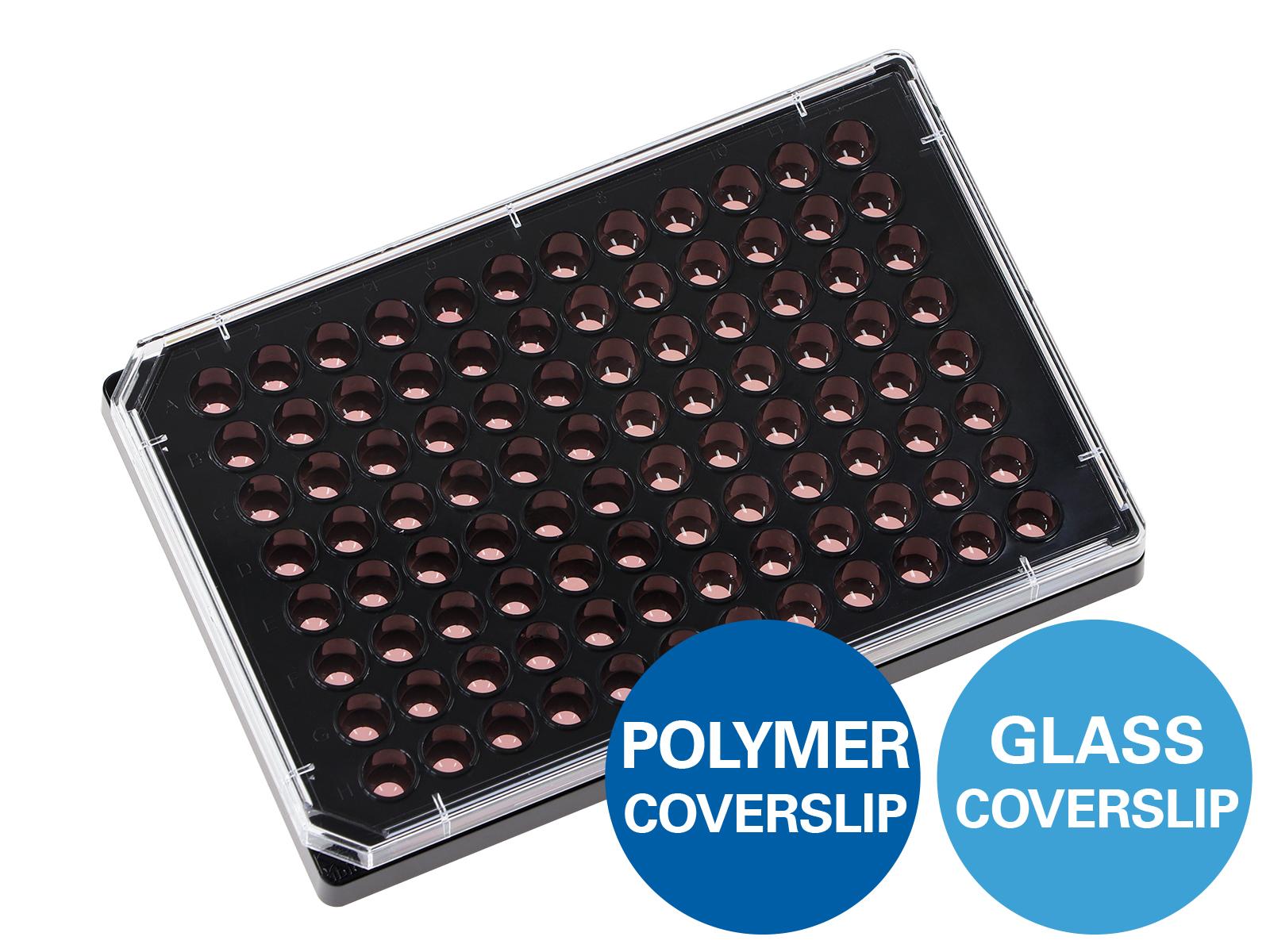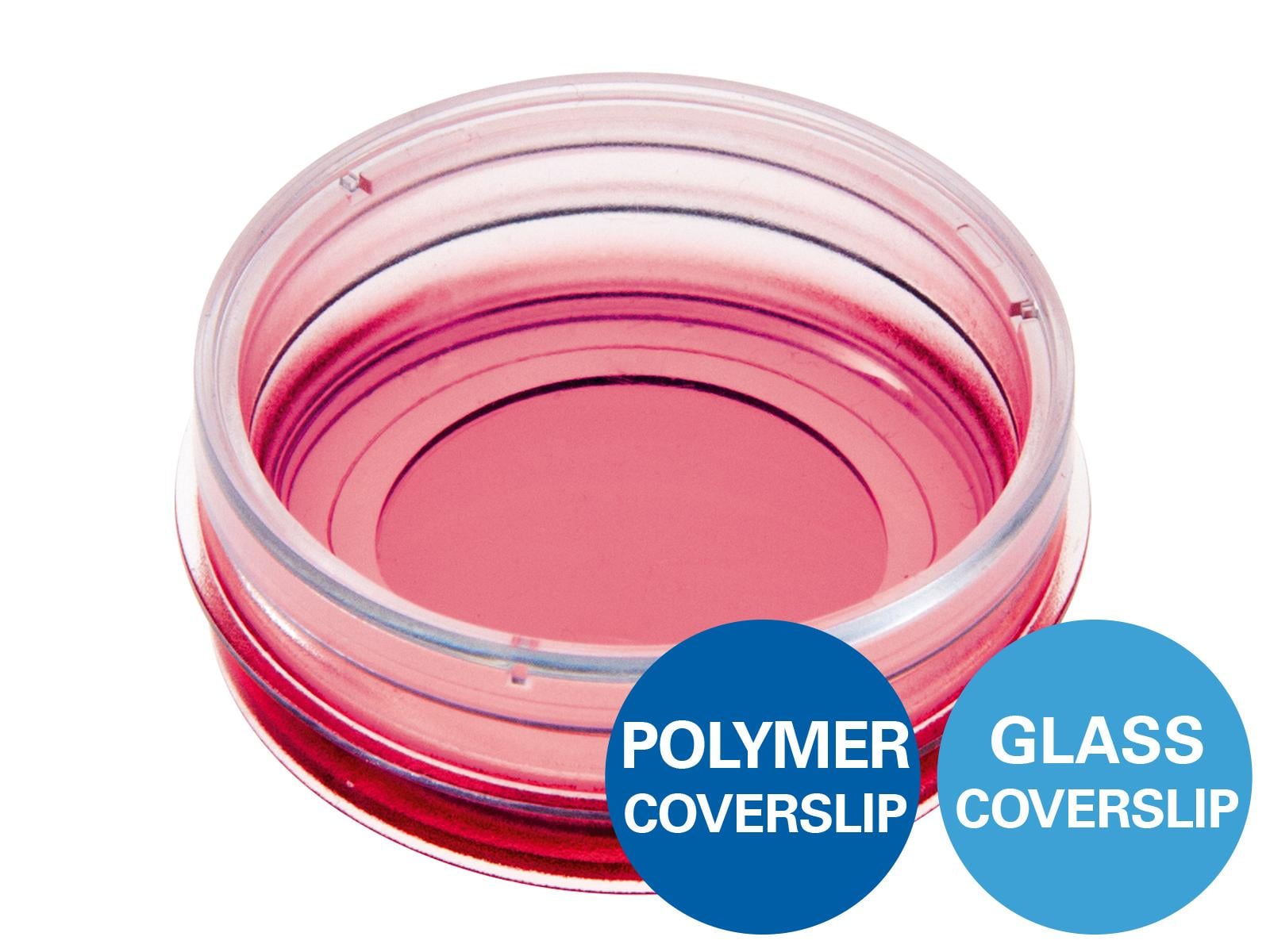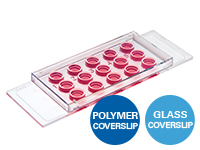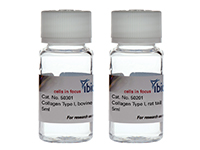Tumor Vascularization
Tumor cells cannot survive without nutrients and oxygen. Therefore, cancer growth beyond a limited size needs to be accompanied by vascularization, which is induced by a variety of molecular mechanisms.
Already early during cancer progression, angiogenic processes are activated when cancer cells become hypoxic, because they are not connected to the blood circulation system. In response to hypoxia, tumor cells and surrounding stroma cells begin to secrete pro-angiogenic growth factors such as VEGF, which induces blood vessel formation through several mechanisms. This "angiogenic switch" allows tumors to grow and proliferate without the initial limitation. Apart from oxygen and nutrient delivery, newly formed vessels also provide waste transport and promote metastasis by facilitating the dissemination of cancer cells to distant sites. Therefore, it is not surprising that much effort has been invested in the research of anti-angiogenic therapies, many of which have been approved for several types of cancer. However, the success of these treatments has been only moderate so far.
Since tumor vascularization is an important process during cancer progression and tumor maintenance, which can also serve as a therapeutic target, angiogenesis assays are a widely used tool in cancer research.
Lugano, R., Ramachandran, M., & Dimberg, A. (2020). Tumor angiogenesis: causes, consequences, challenges and opportunities. Cellular and Molecular Life Sciences. 10.1007/S00018-019-03351-7
Read article
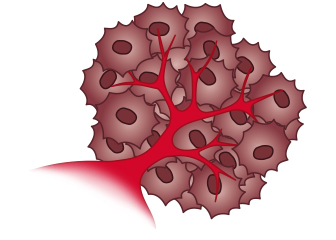
Find Out More
Please find more detailed information about the planning, conduction, and data analysis of angiogenesis assays here.

ibidi Solutions for Angiogenesis Assays
The µ-Slide 15 Well 3D and the µ-Slide 15 Well 3D Glass Bottom guarantee the convenient observation of tube formation on any inverted microscope without gel meniscus. |
|
|
|
|
|
|
|
Selected References
Tube formation assay to analyze angiogenesis in triple-negative breast cancer using the µ-Plate 96 Well 3D
Wang, Y., Wu, S., Zhu, X., Zhang, L., Deng, J., Li, F., Guo, B., Zhang, S., Wu, R., Zhang, Z., Wang, K., Lu, J., & Zhou, Y. (2020). LncRNA-encoded polypeptide ASRPS inhibits triple-negative breast cancer angiogenesis. Journal of Experimental Medicine. 10.1084/JEM.20190950/132618
Read article
Tube formation assay to test for angiogenesis in ovarian cancer in the µ-Plate 96 Well 3D
Noh, K., Bach, D. H., Choi, H. J., Kim, M. S., Wu, S. Y., Pradeep, S., Ivan, C., Cho, M. S., Bayraktar, E., Rodriguez-Aguayo, C., Dasari, S. K., Stur, E., Mangala, L. S., Lopez-Berestein, G., & Sood, A. K. (2020). The hidden role of paxillin: localization to nucleus promotes tumor angiogenesis. Oncogene. 10.1038/s41388-020-01517-3
Read article
Tube formation assay to analyze angiogenesis in lung cancer using the µ-Slide 15 Well 3D
Xu, Z., Guo, C., Ye, Q., Shi, Y., Sun, Y., Zhang, J., Huang, J., Huang, Y., Zeng, C., Zhang, X., Ke, Y., & Cheng, H. (2021). Endothelial deletion of SHP2 suppresses tumor angiogenesis and promotes vascular normalization. Nature Communications. 10.1038/s41467-021-26697-8
Read article

